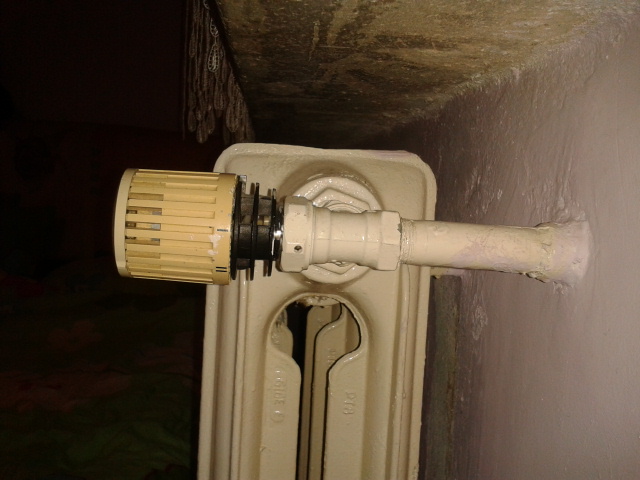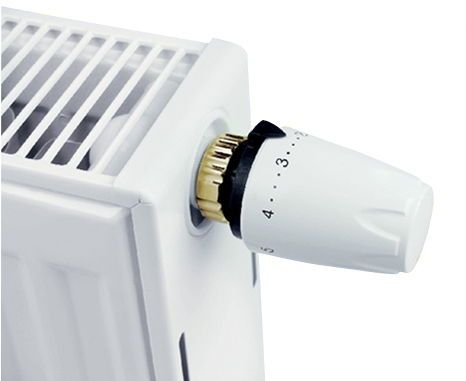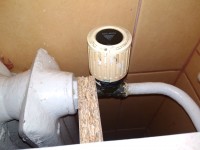barteksmrek wrote: Can you quote any instructions from the manufacturers here?
I do not know by heart, you can search for yourself, you will probably find drawings with strikethrough how to not mount the head.
barteksmrek wrote: I have vertically in both houses in Poland
Personally, I have not seen live heads installed in such a way, so thanks to the internet we can learn what is unknown.
barteksmrek wrote: Anyway, their construction prevents installation horizontally and in small rooms would protrude beyond a single radiator, which makes no sense.
How does the head structure not allow for horizontal assembly? Maybe make some photos or a link to the product card of your head, because until I see it I won't believe it.
By the way, mount the heads on the valve or valve insert depending on the type of radiator.
With a typical side-connected radiator, the valve is directed towards the center of the room, i.e. as you write, the head will stick out of the radiator outline and this is normal.

The photo comes from the post available on Elektroda under this
link For radiators with a bottom connection, you have a valve insert and the head is like an extension of the length of the radiator, i.e. it is directed left or right instead of towards the center of the room.

Photo taken from the LeroyMerlin website.
barteksmrek wrote: In fact, I hear for the first time that they are supposed to be horizontal and not vertical
Man learns all his life.
I hear the first that the heads are to be mounted vertically as in the author of this thread.





